In the annals of American childhood, there are few experiences as iconic as the 9-volt battery experiment. Surely we all remember discovering as kids that touching both terminals of the 9V with your tongue resulted in a mild shock and funny "taste" as the current was activated.
For most of us, that was our introduction to the concept of electricity – or perhaps the conversion of potential energy into electricity.
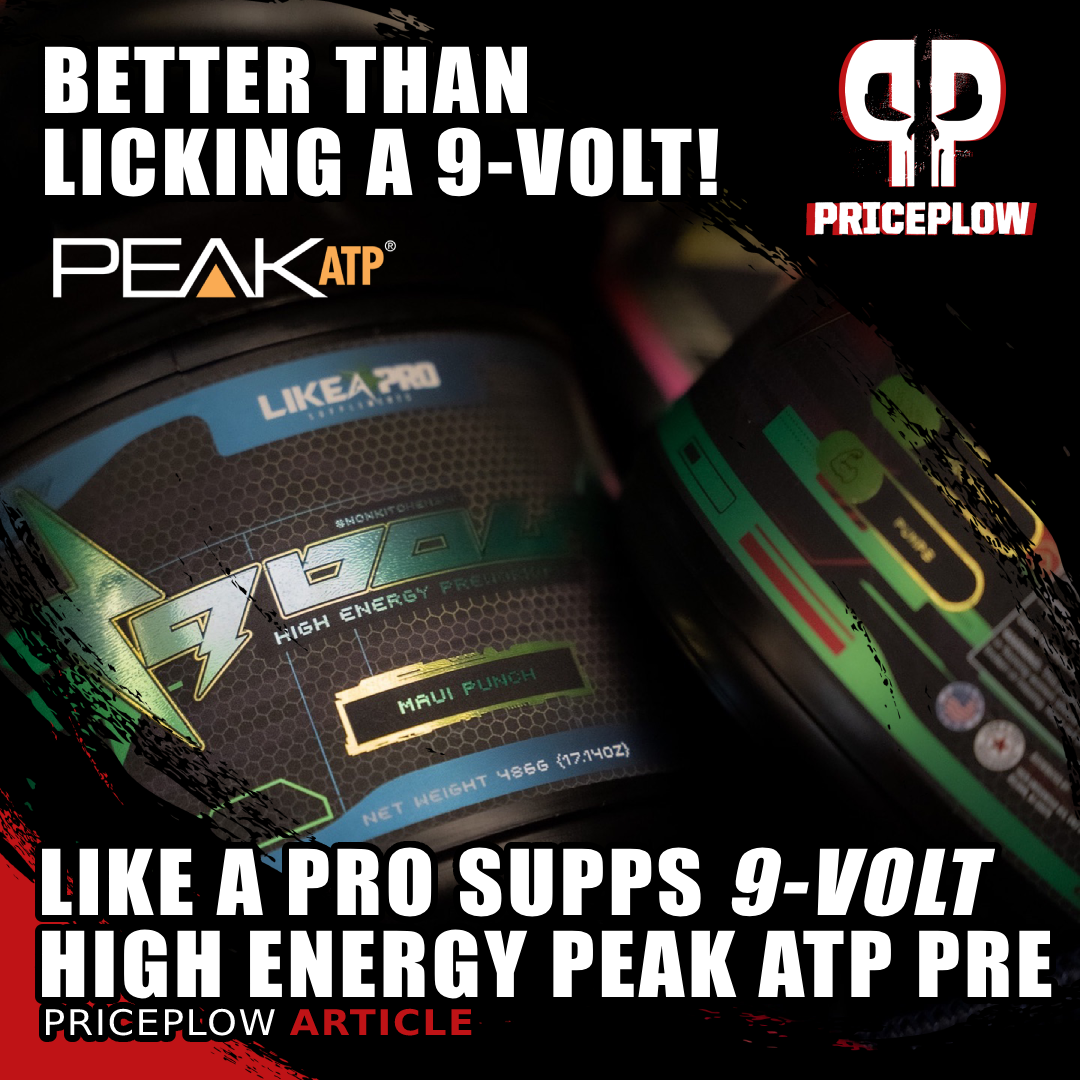
With just nine ingredients, Like a Pro Supplements 9 Volt Pre-Workout brings some zip and some potent pumps, all boosted by Peak ATP on top!
Years later, all of us have reached adulthood, and now we have lofty personal goals of some sort. And if you're part of the large and growing segment of Americans who are interested in optimizing health and fitness, you might occasionally wonder, between naps, yawns and coffees, how you could become more like the humble 9-volt that so fascinated you as a child.
Like A Pro's 9-Volt High Energy Pre-Workout
Now Jeff Long's Like A Pro Supplements has come out with a product that can help you get there – the 9-Volt High Energy Pre-Workout. A great name that brings great memories, but it's what's inside Like A Pro's legendary formulas that really makes them popular.
This formula features "only" 9 ingredients in total (hence the name!), but as expected, is built around a core of six that are trademarked or patented. 9 is actually low for Jeff and his formulas, but we're definitely excited about the 9 he chose to use.
Pumps with Peak ATP and Citrulline
The headliner here is TSI Group's Peak ATP, which has been shown to benefit circulation -- and hence performance and recovery along with cognition -- in a very powerful way. This pumps up the 6 grams of citrulline.
Powerful energy blend: 3X caffeine, Tyrosine, Dynamine, & RhodioPrime
On the energy side, we have a ~343 milligram caffeine dose in a blend from three sources, but we also have a solid 100 milligrams of Dynamine and massive 3 gram dose of tyrosine! Yet that's not all -- there's also a very high dose of RhodioPrime 6X, higher than we've ever seen before!
Let's get into how this works, but first, check PricePlow's availability, news, and deals:
Like a Pro Supplements 9 Volt – Deals and Price Drop Alerts
Get Price Alerts
No spam, no scams.
Disclosure: PricePlow relies on pricing from stores with which we have a business relationship. We work hard to keep pricing current, but you may find a better offer.
Posts are sponsored in part by the retailers and/or brands listed on this page.
This area is reserved for Team PricePlow's upcoming videos.
Subscribe to our channel and sign up for notifications so you catch it when it goes live!
Like A Pro 9-Volt Ingredients
In a single 1-scoop (15.7 gram) serving of 9-Volt High Energy Pre-workout, you get the following:
-
L-Citrulline – 6,000 mg
Citrulline is one of the building blocks your body can use to synthesize nitric oxide (NO).[1]
It's a conditionally essential amino acid, meaning that although your body can create citrulline endogenously, it can't necessarily do it fast enough to cover all your metabolic requirements. In situations where your body is under unusual mental or physical stress, citrulline becomes essential, meaning that intake via food or supplements is necessary to meet your citrulline needs.
The citrulline conversion pathway is Citrulline → Arginine → NO.
So citrulline isn't actually the most direct precursor to NO – that honor belongs to another amino acid named arginine.
A good question any ask is why we don't just take arginine instead. And as a matter of fact, arginine was the supplement industry's default NO-boosting ingredient for quite a few years. However, as scientific research gradually demonstrated, the oral bioavailability of arginine is pretty bad, spurring the industry to find an alternative. As it turns out, citrulline's bioavailability is so much better than arginine's that it actually raises blood arginine levels better than arginine supplements can.[2,3] More arginine in the blood means more NO produced, making citrulline an effective NO-boosting supplement.
Why more NO?
So why is more NO better? The answer comes down to a single word: vasodilation. Vasodilation is a mechanism where your arteries expand in diameter. Since the volume of blood stays constant, this leads to drops in blood pressure and heart rate,[4-6] thus reducing strain on the heart and blood vessels.
But when it comes to sports nutrition, vasodilation's ability to improve tissue oxygenation, nutrient delivery, and metabolic waste removal can help you perform better in the gym, and recover more effectively once your workout is over.
Athletic endurance seems to especially benefit from NO-driven vasodilation.
The Arginine Citrulline Cycle with a breakout showing the arginine-to-nitric oxide reaction. Image courtesy Wikimedia with added biochemistry sources.[7,8]
Studies on citrulline show that it can improve:
- Power and oxygen uptake[9]
- Athletic endurance[10]
- Delayed onset muscle soreness[10]
- Growth hormone (GH) production[11]
- Protein catabolism[12]
- Muscle gains[13,14]
Citrulline, ornithine and ammonia
Citrulline supplements can also increase the body's production of another amino acid, ornithine,[15] which performs the role of ammonia detoxification.[16] Since ammonia can create both mental and physical fatigue, helping your body get rid of ammonia faster is ultimately an endurance-boosting mechanism.
Ornithine can also support cellular metabolism and sleep quality while decreasing subjective feelings of stress. In particular, it can decrease the body's cortisol-to-DHEA ratio.[16]
-
L-Tyrosine – 3,000 mg
Tyrosine is an amino acid your body uses to produce neurotransmitters and hormones that are crucial for successful dieting and exercise.
Among these are the catecholamine neurotransmitters like dopamine, adrenaline, and noradrenaline, which all play integral roles in the production of focus, motivation, and metabolism.[17-19] Dopamine, in particular, is enormously important for finding the mental tenacity to go all-out in the gym.
Adrenaline and noradrenaline, on the other hand, can accelerate fat loss by decreasing appetite.[20] Adrenaline can also directly trigger fat burning (lipolysis).[20,21]
Thyroid support
But even more important than tyrosine's impact on neurotransmitters is its impact on thyroid hormone production. Your body uses tyrosine to produce triiodothyronine (T3) and thyroxine (T4), the two most important thyroid hormones.[22,23] The reason this matters is that the thyroid is the metabolic master gland – it more or less directly controls how much energy all the cells in your body are capable of producing. And unfortunately, thyroid function takes a big hit in the face of intense exercise and caloric restriction.[22-24]
Let's face it, dieting and exercising for body recomposition is the No. 1 interest of most PricePlow readers. So chances are good that you'll benefit from some thyroid support via tyrosine supplementation.
Sleep deprivation
Tyrosine also happens to be great for doing damage control when you've skimped on sleep. Research carried out by the U.S. military demonstrated that compared to caffeine, tyrosine is actually better at restoring cognitive abilities to baseline, which is definitely saying a lot![25,26]
Incredible dose!
Tyrosine is one of those ingredients that we think is generally underdosed in sports nutrition – although the typical dose ranges from 1,000 mg to 2,000 mg, the biggest anti-stress effects of tyrosine have been noted at doses of 100 mg/kg or more,[26,27] which would be 6-10 grams for most people. So the effects of tyrosine are clearly dose-dependent, and we're glad to see a heftier dose than usual show up in 9-Volt High Energy Pre-Workout.
-
RhodioPrime 6X Rhodiola Extract (6% Salidroside) – 500 mg
You've probably seen Rhodiola show up in other supplements, but did you know there are actually two different kinds of Rhodiola used by formulators today? The first, Rhodiola rosea, is more common and less expensive – this is the form you've probably seen before.
The other, Rhodiola crenulata, is the source for the RhodioPrime 6X extract from NNB Nutrition.
The difference between these two plants comes down to the spectrum of bioactive constituents they contain. Both rosea and crenulata contain rosavin and salidroside, but crenulata has far more salidroside than rosea.[28,29]
Why does this matter? Well, for a long time, conventional thinking in the supplement industry was that rosavin accounted for Rhodiola's most significant benefits. However, the latest research suggests that salidroside is actually more powerful.[30,31] With this, NNB Nutrition was able to standardize RhodioPrime for an impressive 6% salidroside by weight – which is far more than the 1% standardizations we usually see.
Salidroside benefits
So, what exactly do those studies show? They demonstrate that salidroside can:
- Support memory consolidation[29]
- Increase autophagy, a process of cellular rejuvenation[32]
- Improve cellular oxygen uptake[33]
- Upregulate dopamine, adrenaline, noradrenaline, and serotonin[30]
- Inhibit monoamine oxidase (MOA), an enzyme that deactivates neurotransmitters[34]
- Upregulate neuropeptide Y[32]
That's great, but what does it translate to? The effect of all these mechanisms is:
- Improved cognition[29]
- Attenuated anxiety and stress[35]
- Better mood[35]
- Fewer depressive symptoms[36]
- Lower levels of mental and physical fatigue[37,38]
- Better athletic performance[39]
- Appetite suppression[40]
- Better glucose tolerance[41]
RhodioPrime has recently gained a lot of popularity as a pre-workout ingredient that can help keep cortisol under control, and take the edge off the massive stimulant doses that are typically used in formulas in this product category – but as you can see, that really just scratches the surface of what salidroside-rich RhodioPrime can do for us.
-
Peak ATP (Adenosine 5'-Triphosphate disodium) – 400 mg
Peak ATP is – you guessed it – an oral ATP supplement. TSI Group, the distributors of the ingredient, work with the scientists who brought stable ATP to supplements by binding it to two sodium molecules -- hence "disodium ATP" -- and they patented this innovation.[42-44]
Peak ATP is a patented oral ATP supplement that's been shown to increase blood flow, boost muscle activation through calcium release, and help boost muscle mass, strength, and recovery. This article covers the biochemistry, mechanism, and human research in detail.
The full story is in our main Peak ATP article and is discussed in Episode #072 of the PricePlow Podcast, but below is a sufficiently long explanation of how this well-studied ingredient works:
ATP repletion and lots of data
First, understand that intense exercise, which is required to build our all-important muscle tissue, consumes ATP quickly.[42] And since ATP is your body's energy currency, the form of energy actually consumed by your cells for the performance of metabolic tasks, we definitely want to keep ATP topped off as much as we can.
According to a 2021 research review, there were (at the time) more than 10 different randomized controlled trials that demonstrated disodium ATP's ability to benefit both health and performance[45] -- and we've seen more published research since then.
In 2024, a new systematic review and meta-analysis on oral ATP supplementation for anaerobic exercise in healthy, resistance trained individuals was published, and the authors concluded the following:[46]
"ATP showed improvement in anaerobic exercise regardless of the duration of the supplementation protocol. In conclusion, supplementation with 400 mg of ATP doses can improve maximal muscle strength in resistance-trained men."[46]
This study received no external funding, either, and came as a surprise when it was published -- this is exactly how we like it!
Exercise volume
One of the time-tested keys to building lots of muscle is volume – in quantitative terms, the volume you lift is determined by multiplying the total number of reps by the amount of weight on the bar. And, fortunately for us, a 2019 study published in the Journal of Strength and Conditioning Research found that ATP disodium can increase the body's capacity for exercise volume.[47]
In Episode #078 of the PricePlow Podcast, Dr. Ralf Jaeger dove into ATP, explaining how supplementing Peak ATP improves workout performance.
This randomized, double-blind, placebo-controlled study had a crossover design, meaning the subjects served as their own controls. Participants did the same workout with ATP disodium and an inert placebo, with a washout period between workouts.[47] Again, this was a blinded study, which means neither the subjects or the researchers knew which treatment they got before each workout.
Both sessions had the subjects train to failure, which in this case meant doing squats until their muscles couldn't perform even one more rep. In metabolic terms, training to failure means you reach a point of exertion where the energy required by your workout is greater than your muscles' supply of ATP.
The researchers tracked the total volume during these workouts, which, again, is determined by multiplying the number of completed reps by the weight on the bar. This is basically the total amount of work done in each workout.
The results were astonishing. The subjects didn't just do a little better on ATP disodium, they did a lot better. In the placebo workout, the average total volume was 3,995.7 kilograms per workout.[47] But in the disodium ATP workout, this number went up to 4,967.4 kilograms per workout![47] That's a 20% increase in total volume, which is about as big of an effect size as we ever see in sports supplements.
Granted, this was a small study, with a sample size of only 11. So, followup research definitely needs to be conducted, but still, that's a huge effect size.
1RM, power, muscle thickness
Another randomized, double-blind, placebo-controlled study assigned resistance-trained males to take either 400 mg ATP disodium or a placebo for 3 months.[48]
Studying resistance-trained males is important for establishing credibility – what it means is that the recruits had already gathered the low-hanging fruit of initial adaptations to exercise, also known as "newbie gains". Although newbie gains come rapidly, once you've got them, it becomes a lot harder to gain strength and muscle. So if a supplement can move the needle past that point, it says a lot about the effectiveness of that supplement.
This study was so thorough that the subjects' diet was controlled, which is something we rarely see in sports supplements research.[48]
At the beginning of the research, the subjects completed an exercise test to establish their 1 rep maximums on the big three lifts of powerlifting – barbell back squat, barbell deadlift, and barbell bench press. The researchers then monitored these 1RMs for the duration of the study period. The same methodology was used on the subjects' vertical jump power and muscle thickness.[48]
Although both groups saw significant increases in their 1RMs throughout the study, the ATP disodium group gained a lot more – on average, the ATP group increased their 1RMs by about 55 kilograms, while the placebo group gained only 22 kg.[48]
The ATP group also improved more on vertical jump power – a 15% gain compared to the placebo group's 11%.[48]
But perhaps most intriguingly, the ATP disodium group also added a lot more muscle than the placebo group. The muscle thickness of the ATP group went up by about 5 millimeters, while the placebo group only added half that much.[48]
Here's what the authors of the study had to say, in their own words (emphasis ours):
"In addition to ATP's capacity to buffer fatigue during repeated high volume sets and increase total training volume, the supplement may increase skeletal muscle blood flow, thereby enhancing muscle O2 recovery. This is critical as muscle deoxygenation is associated with decreased performance under repeated high intensity contractions. Specifically, extracellular ATP directly promotes the increased synthesis and release of nitric oxide (NO) and prostacyclin (PGl2) within skeletal muscle and therefore directly affects tissue vasodilation and blood flow. This is supported by research suggesting increased vasodilation and blood flow in response to intra-arterial infusion and exogenous administration of ATP. It can be speculated that these changes in blood flow may lead to an increased substrate pool for skeletal muscle by virtue of increased glucose and O2 uptake."[48]
In other words, you can think of ATP disodium as a pump ingredient, like citrulline or arginine. It works by upregulating NO, thus improving blood flow where it's needed most – in your muscle tissue.
Other research has shown increased blood flow as well![49] But let's keep moving on with muscle research:
Increased muscular torque
Study subjects who received 400 mg ATP disodium for 2 weeks did significantly better on 3 sets of 50 leg extensions than the placebo group.[50] "Low peak torque" is the lowest peak torque that each group was able to create, on average, during the final 10 reps of each 50 rep set.[50]
In one randomized controlled study from 2012, published by the Journal of the International Society of Sports Nutrition,[50] participants received either 400 mg ATP disodium per day or a placebo for 15 days. Upon the completion of the treatment period, the subjects performed 3 sets of 50 knee extensions on a machine that measures muscular torque during exercise.[50]
Compared to the placebo group, the ATP disodium group was able to generate a lot more torque. They were also significantly less tired than the placebo group.[50]
Mitigates cognitive decline following exercise
As if that weren't enough, there's evidence for cognitive support too!
Something that hasn't been discussed much, but is starting to receive more coverage, is the fact that intense exercise can cause a temporary but significant decline in cognitive performance.
Fortunately for us, new data published in 2023 shows that Peak ATP seems to be helpful for that too![51]
In this randomized, double-blind, placebo-controlled crossover study, subjects received either 400 mg Peak ATP or a placebo for 14 days.[51] Then, at the end of that treatment period, they performed a high intensity sprinting test, which in our opinion is probably the best choice of workout if your goal is to induce physical and mental strain. After this, there followed a two-week washout period, and then the subjects repeated the experiment using the alternative treatment.
This study showed that the 14 day treatment with 400 mg Peak ATP significantly decreased the cognitive impairment exhibited by each group following the sprint test.[51]
In order to measure participants' cognitive ability, the researchers used a machine called the Dynavision D2.
This machine has two different modes:
-
Mode A measures the speed and accuracy of hand-eye coordinated reflexes. Subjects are instructed to push buttons as fast as they can, in the sequence in which buttons on a dashboard light up. It's basically a game of sequential whack-a-mole.
The lights only blink for a few seconds, which means that Mode A can assess two important dimensions of cognition:
- Cognitive accuracy refers to the number of accurate button presses subjects complete during the 60-second test period
- Average reaction time per hit
Compared to the placebo group, the PEAK ATP group's accuracy on a 1-minute reaction time test declined significantly less after exercise.[51] PRE = before exercise, IP = immediately post exercise, 60P = 60 minutes post exercise.
On the Mode A test, subjects' accuracy declined marginally following the sprint test, but it declined significantly less after the Peak ATP treatment condition than it did after the 14 days of placebo.[51] This is especially noticeable if you focus on the data collected 60 minutes post-exercise (noted as "60P" in the study charts).
Reaction Times: On the Dynavision D2 Mode A, a measure of hand-eye coordination, subjects reacted faster on PEAK ATP than they did on the placebo.[51] PRE = before exercise, IP = immediately post exercise, 60P = 60 minutes post exercise.
The second aspect of Mode A testing — reaction time — showed similar results. The Peak ATP treatment condition caused reactions to slow down significantly less than the placebo, particularly at the 60 minutes post-exercise mark.[51]
-
Mode B focused on vestibulo-ocular reflexes, which in plain English means the machine measured how quickly the subjects' eyes tracked the sequence of lights. So this is focused on the eye part of hand-eye coordinated reflexes.
On the Dynavision D2 mode B, a measure of ocular reaction time, the PEAK ATP treatment condition also outperformed the placebo treatment.[51]
The Mode B test revealed an even more impressive difference between the placebo group and the Peak ATP group.[51]
We should finish by noting that, although most of us probably haven't heard of the Dynavision D2 before, this is a well-known series of tests with an established set of best practices.[52] In this study, researchers adhered to those best practices, ensuring that there were no significant differences in mood state and no multiple object tracking tests.[51]
You can read more about that study in our article titled PEAK ATP Improves Cognitive Performance After Intense Exercise. And that's just for one study -- we have a lot more on the ingredient in its entirety:
Read our long-form article on the PricePlow Blog
It probably won't surprise anyone to hear that there's a lot more to ATP's role in the human body, and the ways in which Peak ATP can benefit health and performance, than we can possibly touch on in this article. If you want to read our comprehensive discussion on how Peak ATP can work for you, check out PEAK ATP: The Ultimate Guide to Disodium ATP Supplements.
-
Mode A measures the speed and accuracy of hand-eye coordinated reflexes. Subjects are instructed to push buttons as fast as they can, in the sequence in which buttons on a dashboard light up. It's basically a game of sequential whack-a-mole.
-
Caffeine Anhydrous – 200 mg (of ~343mg total yield)
Caffeine is a methylxanthine stimulant capable of crossing the blood-brain barrier,[53] which gives it the ability to profoundly affect the inner workings of the brain and central nervous system (CNS).
Exercise can create a feeling of mental fatigue by eliciting deficits in attention and processing speed. A study published in 2023 showed that PEAK ATP® helps mitigate deficits in several cognitive tasks following exercise.[51]
Caffeine's bioavailability in the CNS makes it a great choice for improving mood, enhancing focus, and promoting wakefulness. Referring to caffeine's wakefulness-promoting effects, people often speak of caffeine "giving you energy, " but that's not exactly accurate. What caffeine actually does is fight fatigue by blocking the cellular receptors for adenosine, a chemical that accumulates while we're awake and creates fatigue as it builds up.[54,55]
However, in a more literal sense, caffeine does give us more energy. By increasing cellular metabolism, caffeine helps improve athletic performance.[56] Here, the mechanism of action is inhibition of phosphodiesterase, an enzyme that's responsible for deactivating a messenger molecule called cyclic adenosine monophosphate (cAMP).[54-57] You can think of cAMP as a "need energy NOW" hormone – it tells your cells to burn calories, so more cAMP means a faster calorie burn.
Caffeine as fat burner
Caffeine's impact on cellular metabolism also makes it a great fat burner supplement. Caffeine directly stimulates lipolysis,[58] and some research has indicated that caffeine can increase the body's rate of fat burning by an impressive 50%.[59] According to a 2020 meta-analysis that looked at 19 different studies, caffeine's fat-burning effect shows up during exercise with doses as small as 3 milligrams of caffeine per kilogram of bodyweight.[60]
Other research has found that caffeine supplementation can increase athletic performance in several dimensions, including strength, speed, power, and endurance.[54,56,58] In terms of safety, cost, and effectiveness, it's one of the most attractive ergogenic aids in the supplement industry.
When it comes to mental performance, caffeine can help with that, too. The stimulant has been shown to increase attentiveness, alertness, and working memory, while decreasing reaction times.[61-63]
Note on total caffeine: Note that in addition to the 200 mg of caffeine anhydrous, we have 73 mg of caffeine from dicaffeine malate and 70 mg caffeine from zumXR, bringing the total caffeine content up to 343 mg.
-
Infinergy DiCaffeine Malate – 100 mg (yielding ~73mg of 343mg total)
Dicaffeine malate comes with all the same benefits as caffeine anhydrous, but the delivery system is different, resulting in a different pharmacokinetic profile.
At 73% caffeine by weight, dicaffeine malate yields 73 mg pure caffeine.
Because of the chemical bond between the caffeine molecule and the malate molecule, the caffeine in dicaffeine malate is digested more slowly, and thus absorbed into the bloodstream more gradually compared to caffeine anhydrous. The upshot of this is a more sustained rise in serum caffeine concentrations – slower-acting, but longer-lasting, with a lower peak.
Pairing caffeine anhydrous with a buffered form of caffeine like dicaffeine malate is an increasingly popular strategy for giving supplement consumers a balanced caffeine experience – a quick boost from caffeine anhydrous, with the sustained-release dicaffeine malate helping to smooth out the withdrawal symptoms as the anhydrous wears off.
Note that in addition to the 200 mg of caffeine anhydrous and 73 mg of caffeine from dicaffeine malate, we also have 70 mg caffeine from zumXR, bringing the total caffeine content up to 343 mg.
-
zumXR Caffeine – 100 mg
zumXR caffeine is another delayed release form of caffeine that uses natural bioadhesive polymer technology as the delivery system.
This ingredient consists of 70% caffeine by weight, so it yields 70 mg pure caffeine.
We know that zumXR sells both a delayed release and an extended release form of caffeine, and it's assumed that this is the extended version. As such, the dicaffeine malate, is here to help you enjoy a more sustained energy release from the product's 400 mg total caffeine content.
Note that in addition to the 200 mg of caffeine anhydrous and 73 mg of caffeine from dicaffeine malate, we also have 70 mg caffeine from zumXR, bringing the total caffeine content up to 343 mg.
-
Methylliberine (as Dynamine) – 100 mg
Dynamine is a trademarked preparation of methylliberine, a stimulant alkaloid that naturally exists in Camellia sinensis (tea) leaves.[64,65] Like caffeine, methylliberine can increase the production of key neurotransmitters, like dopamine and noradrenaline, while downregulating adenosine.[64-67]
Remember, adenosine antagonism can promote wakefulness through anti-fatigue effects – scroll up to the caffeine anhydrous section if you need a refresher.
Unlike caffeine, however, methylliberine does not trigger vasoconstriction,[64-67] thus giving you lots of caffeine's upside without the primary downside.
This is a pretty powerful dose, and if you need a little something more than caffeine, Dynamine is a go-to. It's not the 40% "tasteless" variety either -- this is full blown, 100 milligrams of 100% methylliberine. The issue is that it's tougher to flavor - but Jeff Long's not a rookie, and we're excited to see how he made it happen.
-
AstraGin (Panax notoginseng (Root) (Astragalus membranaceus (Root) – 50 mg
AstraGin is a patented[68-72] blend of botanical extracts from Chinese ginseng and astragalus. Both plants are rich in bioactive constituents that enhance gastrointestinal function, which is AstraGin's purpose. By increasing your intestinal cells' ability to synthesize ATP, which they can then use to perform the work of absorbing nutrients from ingested food and supplements, AstraGin basically increases the bioavailability of whatever else it's taken with.
AstraGin does have some other benefits too, but when it comes to premium pre-workout formulas like 9-Volt High Energy Pre-Workout, the purpose of the ingredient is to help you get as much value as you possibly can from every dollar you spend. And when taken consistently on a long-term basis, AstraGin can actually improve gastrointestinal health as well.[73]
Flavors Available
Conclusion: Jeff Long is at it Again
Like A Pro's 9-Volt High Energy Pre-Workout is a stacked little formula. These days, pre-workout supplement facts labels are getting longer and often read like a science encyclopedia.
While the youth on TikTok might assume that 9 ingredients aren't enough for an awesome product, we're here to tell you that they're wrong. Like A Pro pulled it off through meticulous ingredient selection and powerful dosing – between the 3,000 mg tyrosine dose and the three different forms of phased-release caffeine, we feel pretty confident that you'll get a lot out of any workout you do after taking 9-Volt.
What really ties the energy and pumps together, though, is Peak ATP, which is an awesome ingredient for stimulating blood flow. We couldn't really get into all of the details here, but if you read the full-length Peak ATP article we hyperlinked at the end of this article's Peak ATP section, you'll find an comprehensive discussion of how Peak ATP can enhance blood flow by improving endothelial function: PEAK ATP: The Ultimate Guide to Disodium ATP Supplements.
The supplement and pharmaceutical industries are realizing that blood flow is crucial – not just for performance and recovery, but for health and longevity as well. So, the combination of 6 grams citrulline and 400 mg Peak ATP will get you well on your way to achieving whatever personal goals you've set for yourself.
Like a Pro Supplements 9 Volt – Deals and Price Drop Alerts
Get Price Alerts
No spam, no scams.
Disclosure: PricePlow relies on pricing from stores with which we have a business relationship. We work hard to keep pricing current, but you may find a better offer.
Posts are sponsored in part by the retailers and/or brands listed on this page.

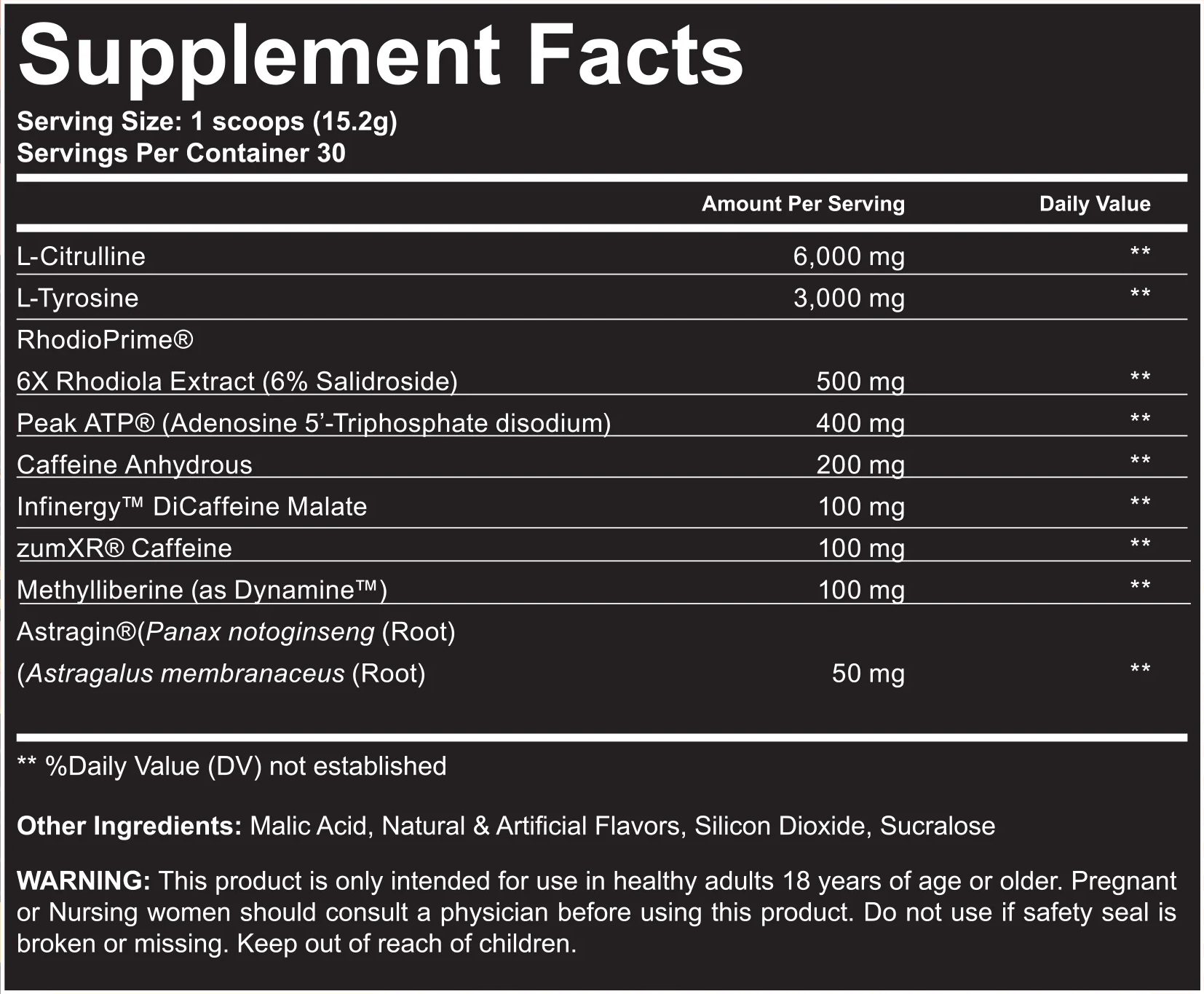
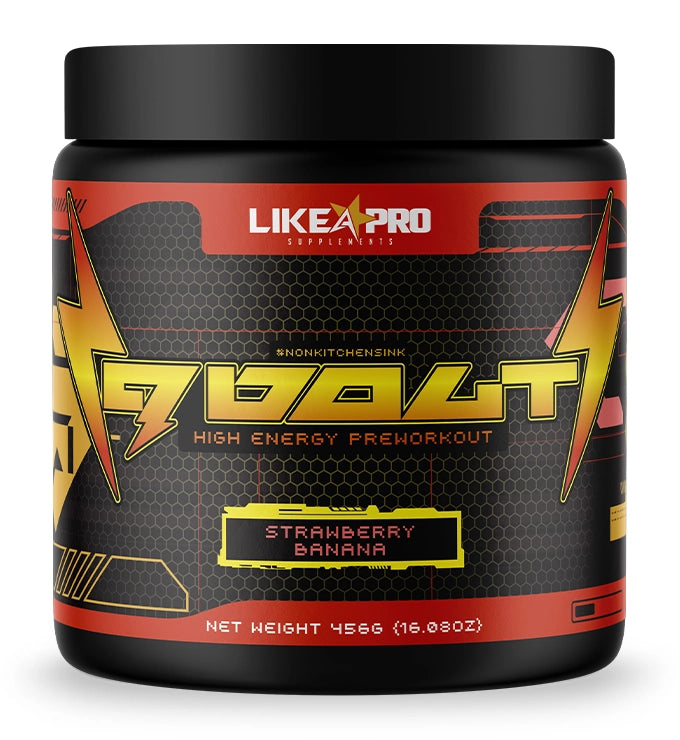
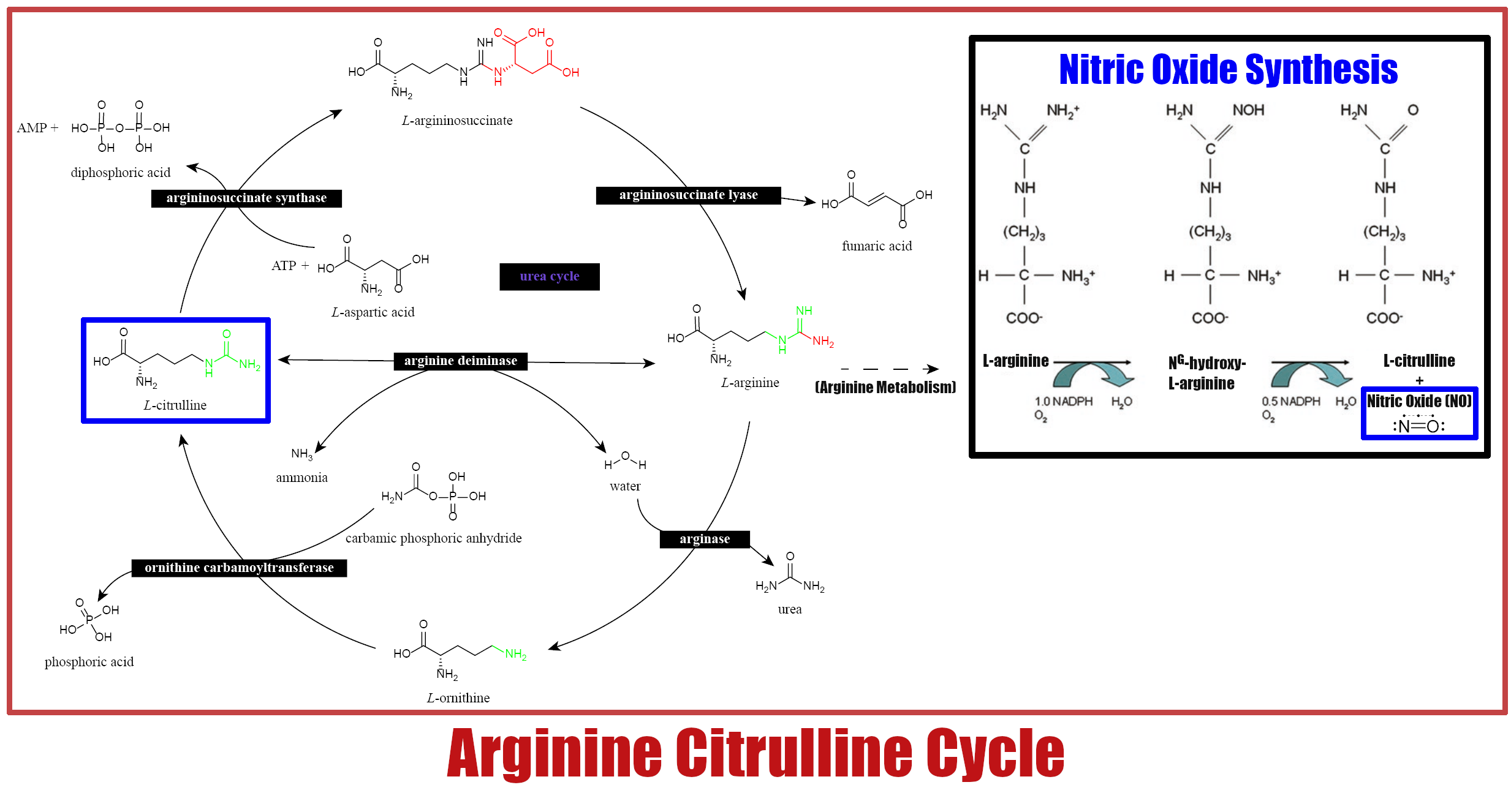
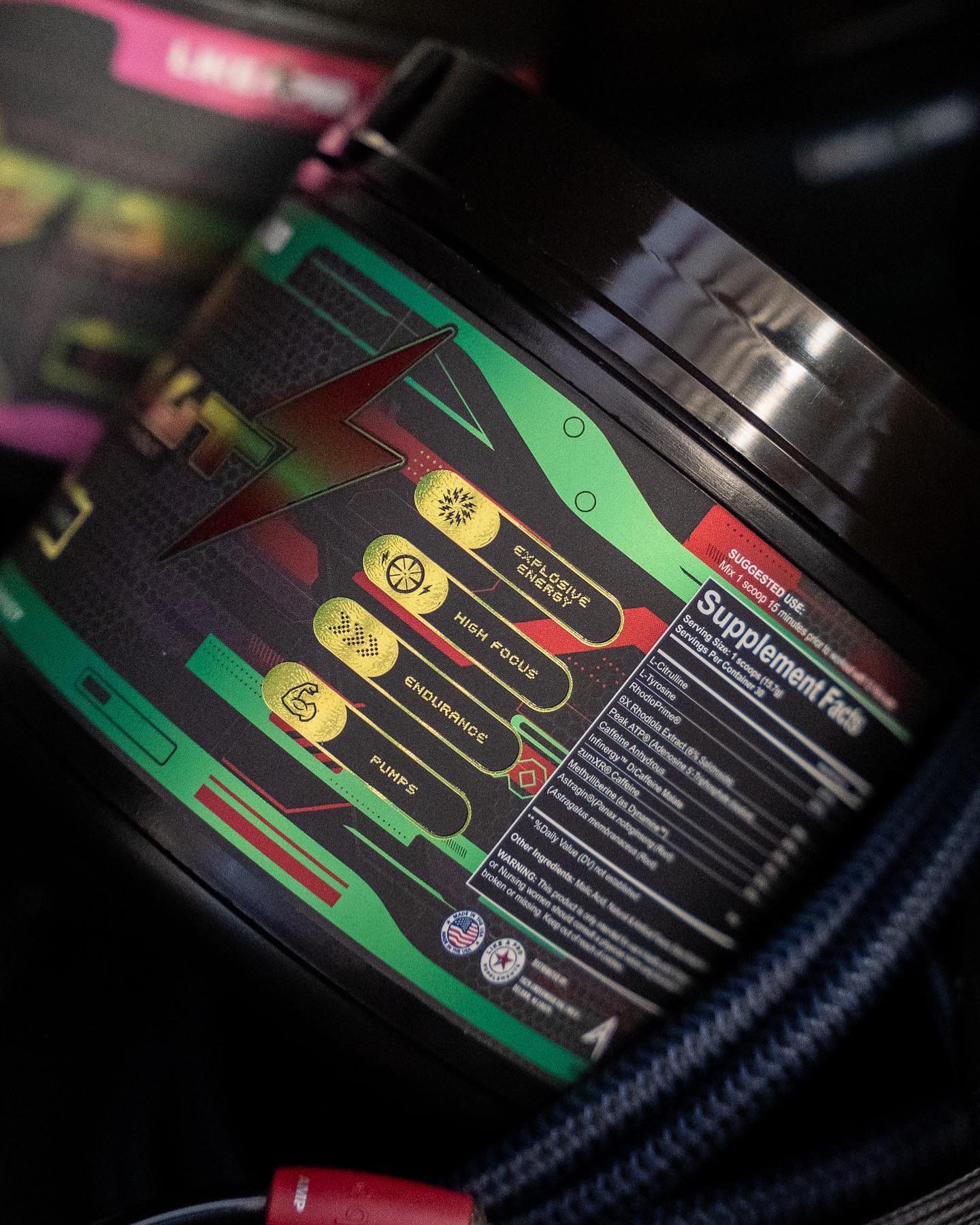

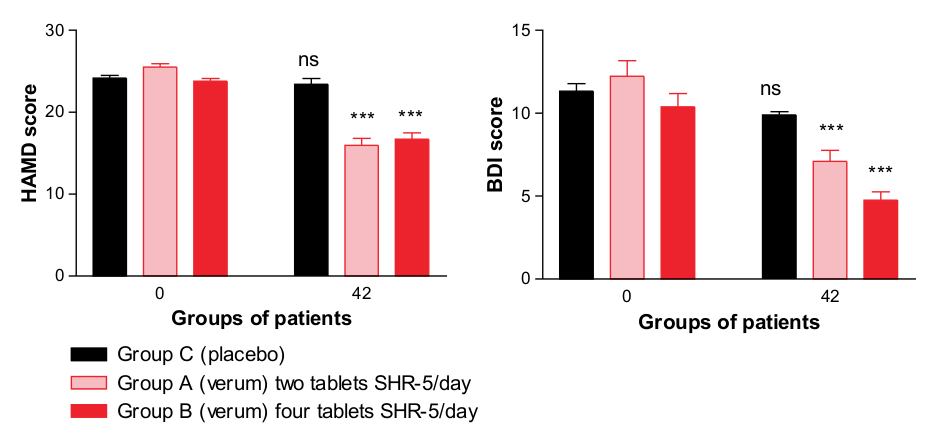
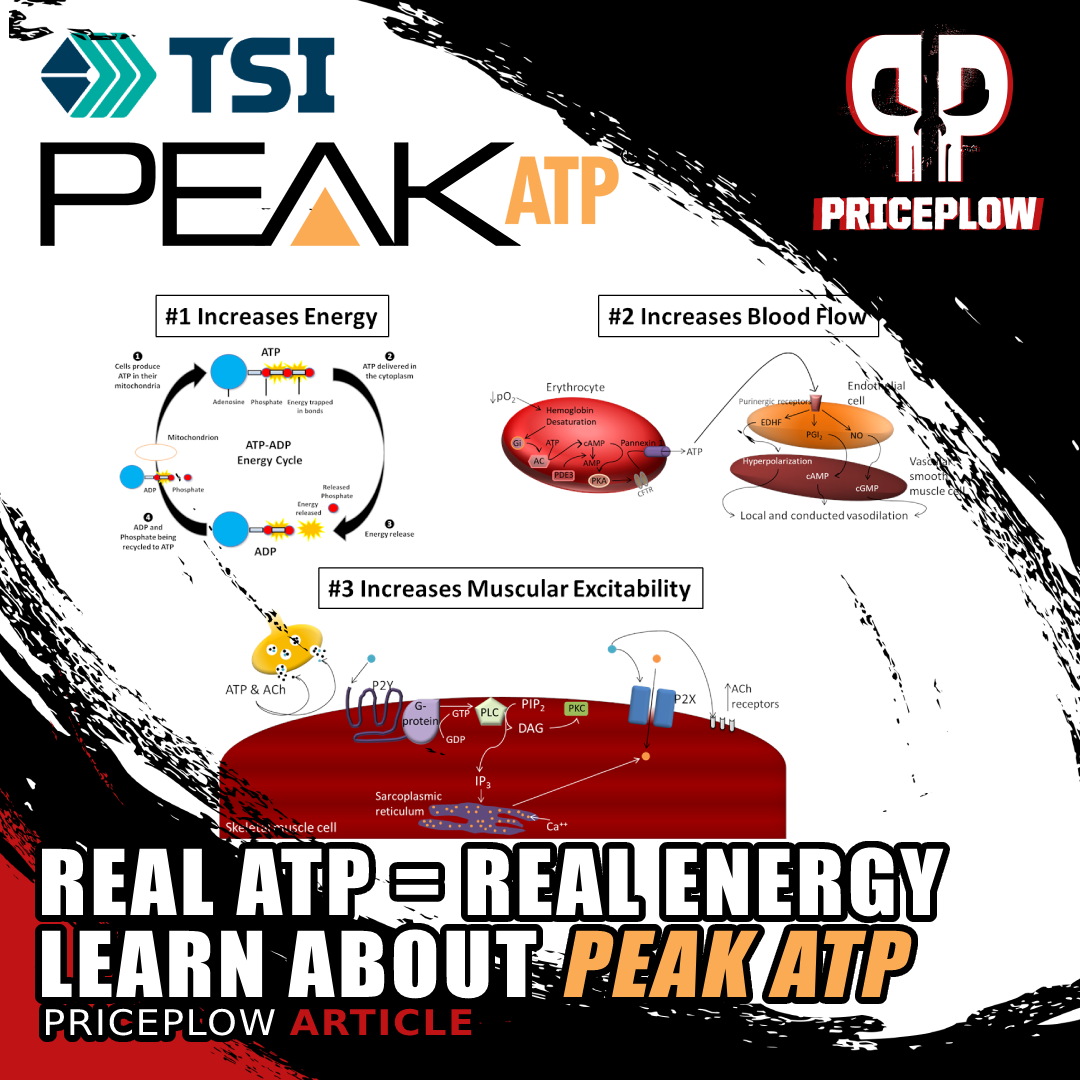
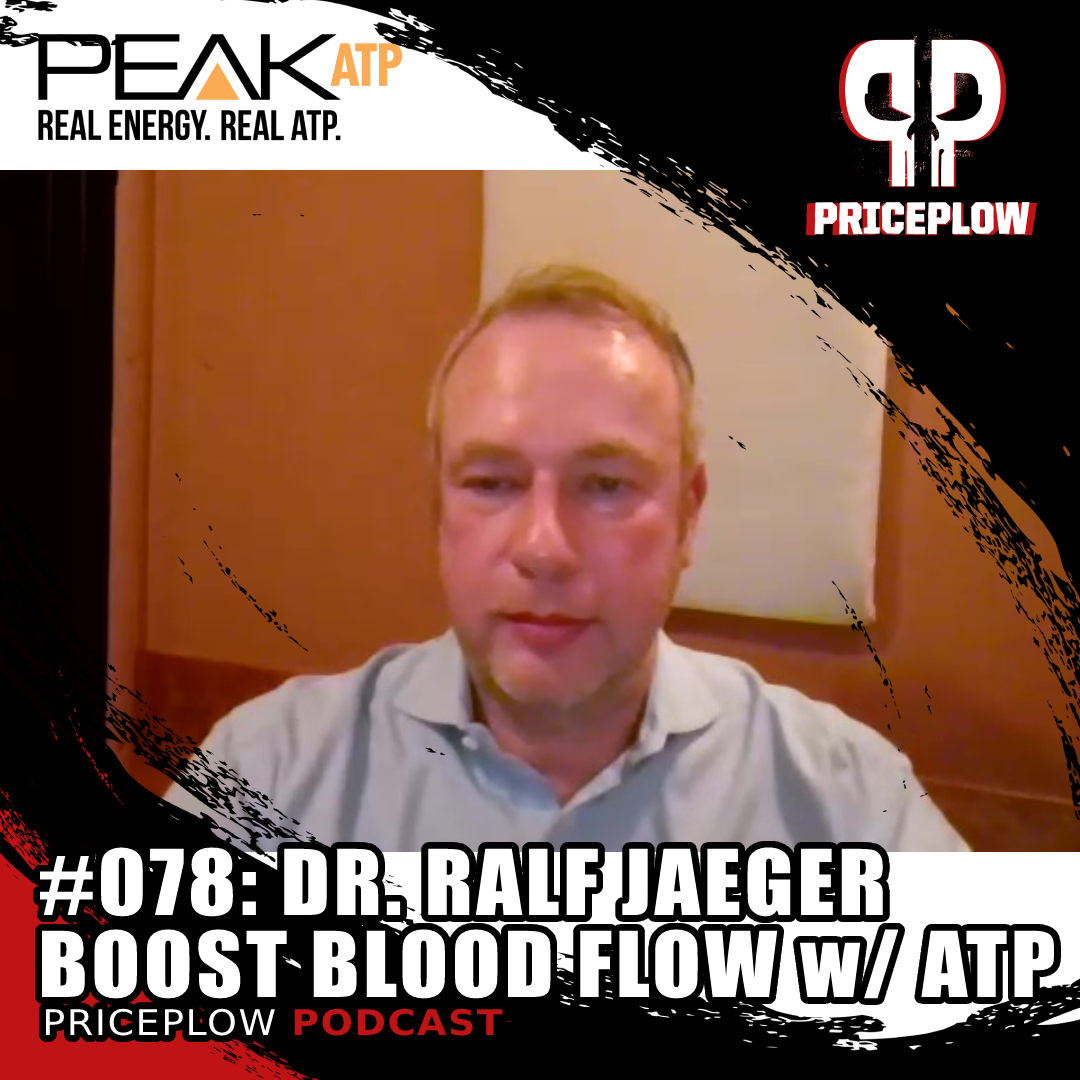
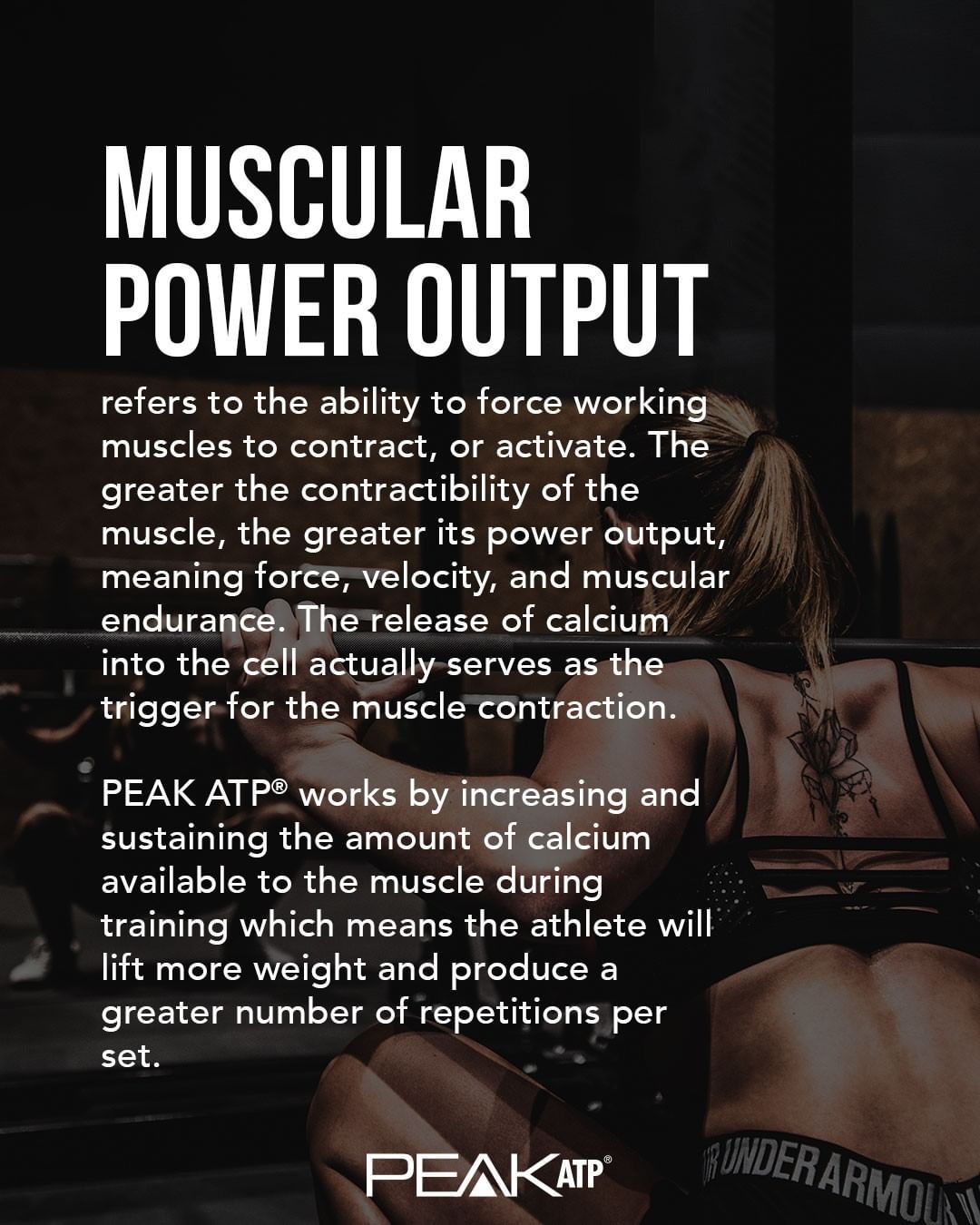
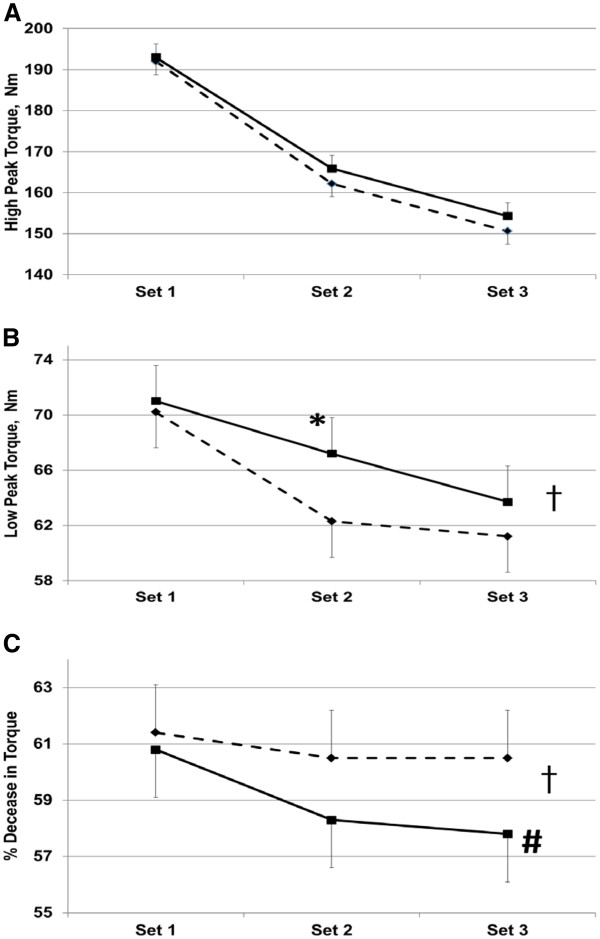
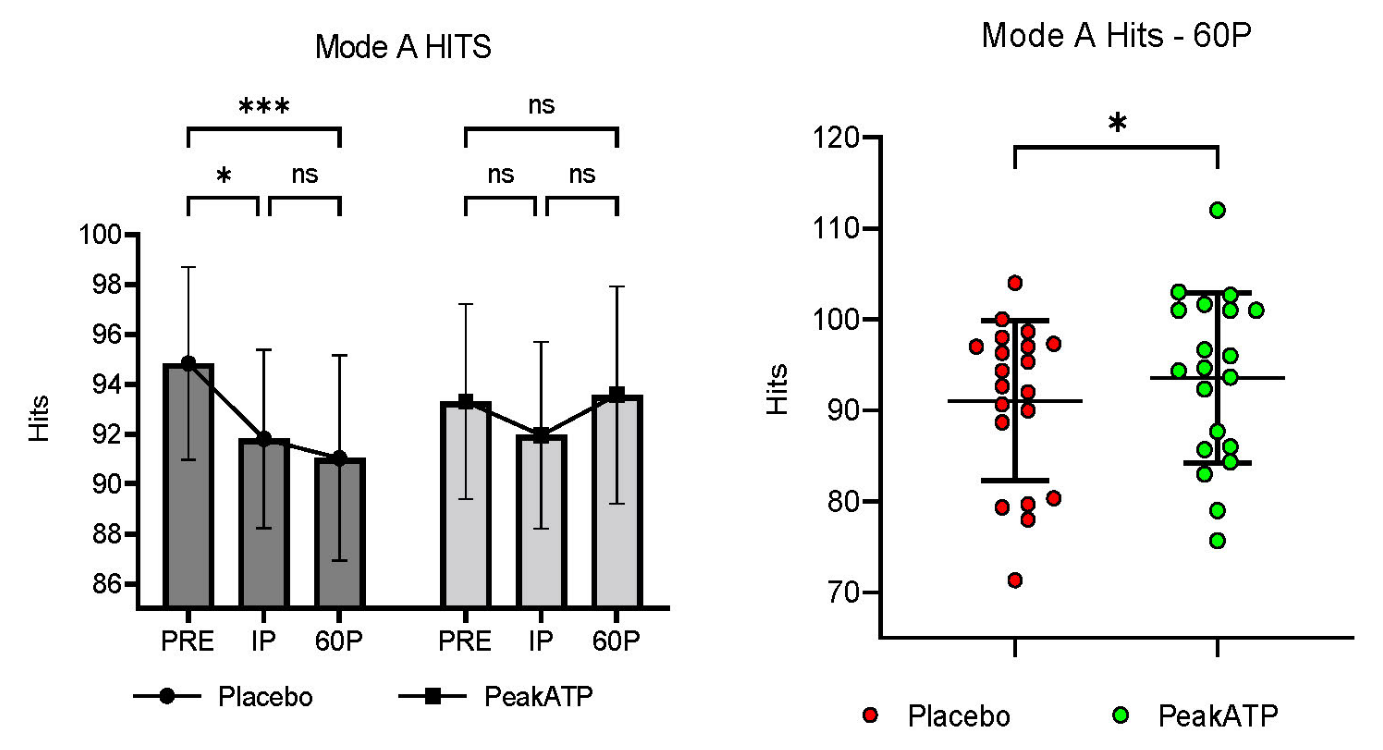
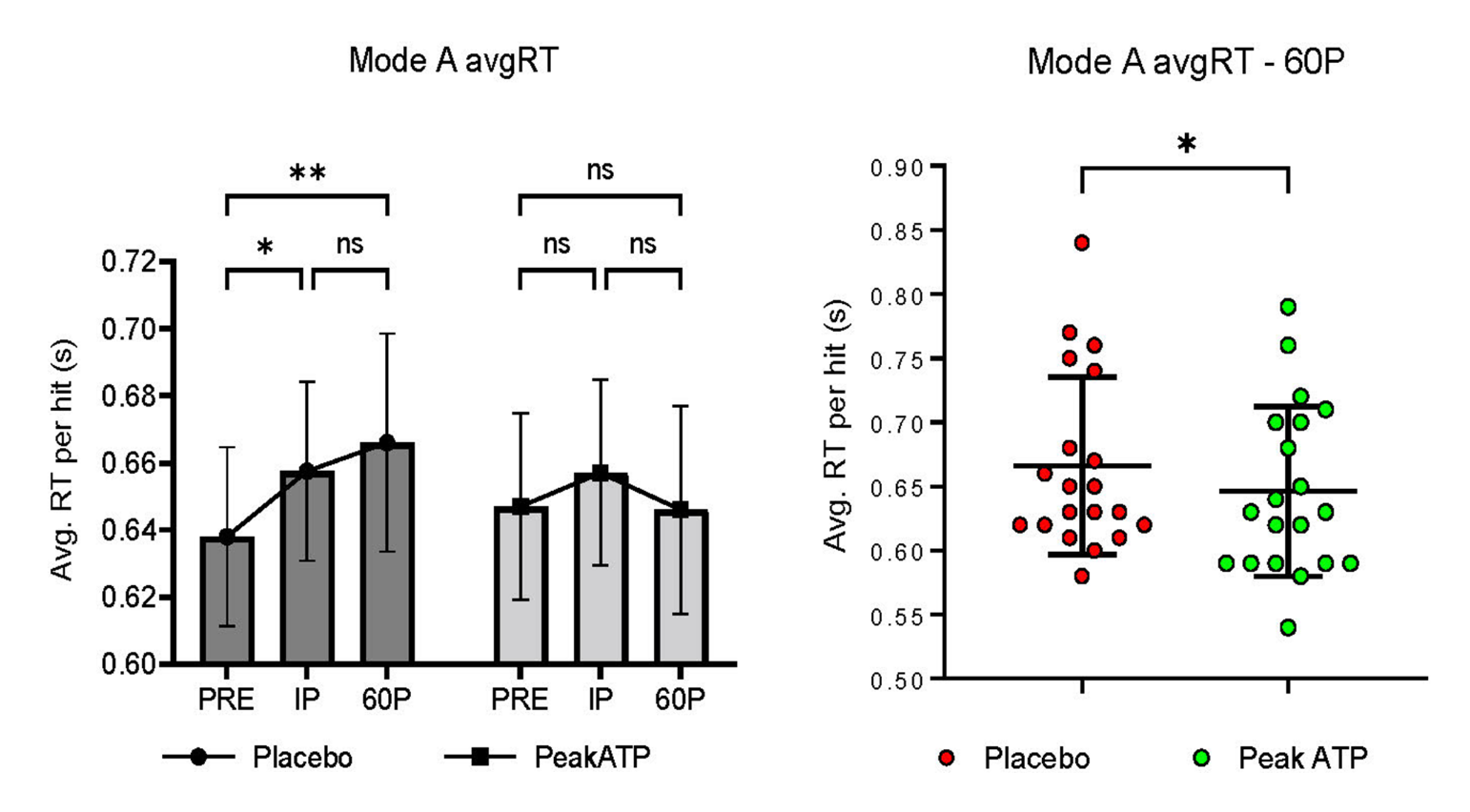
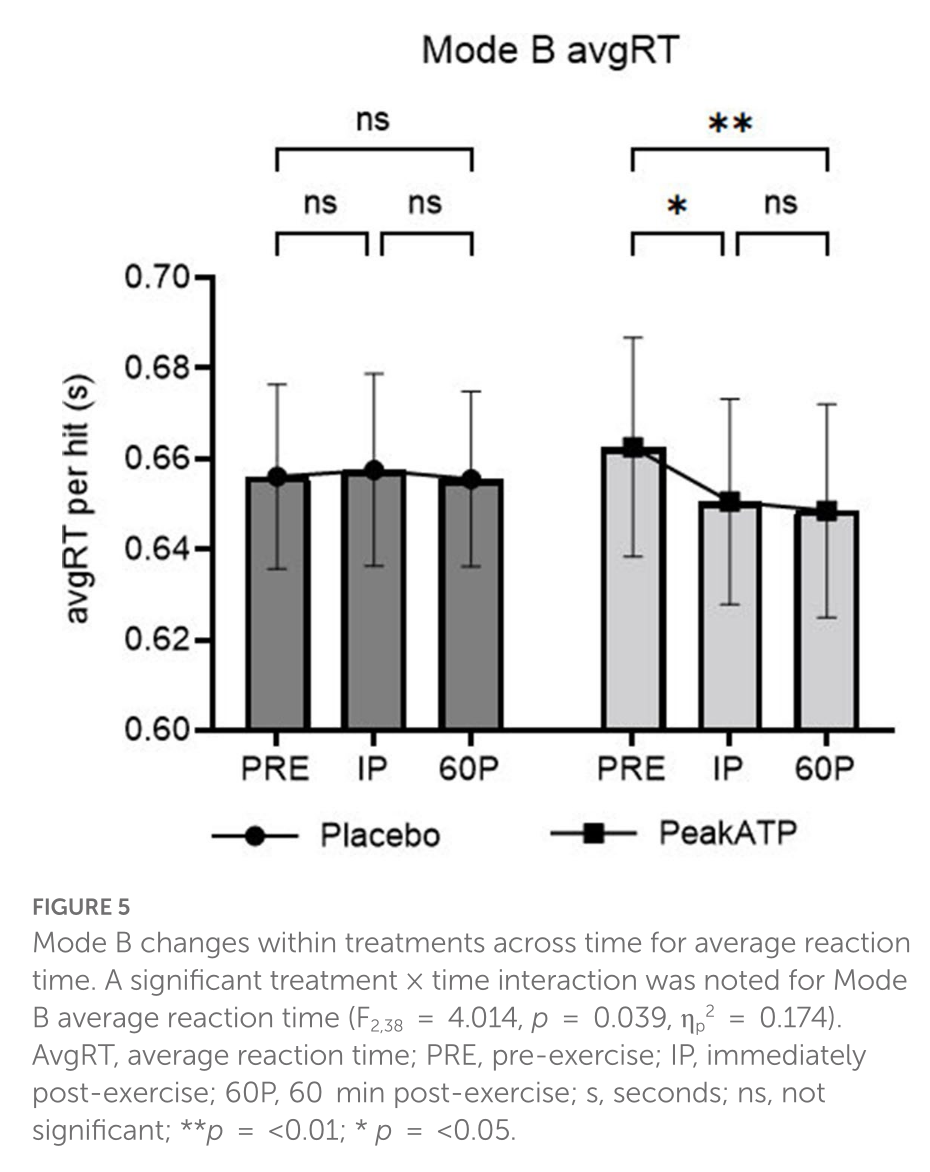
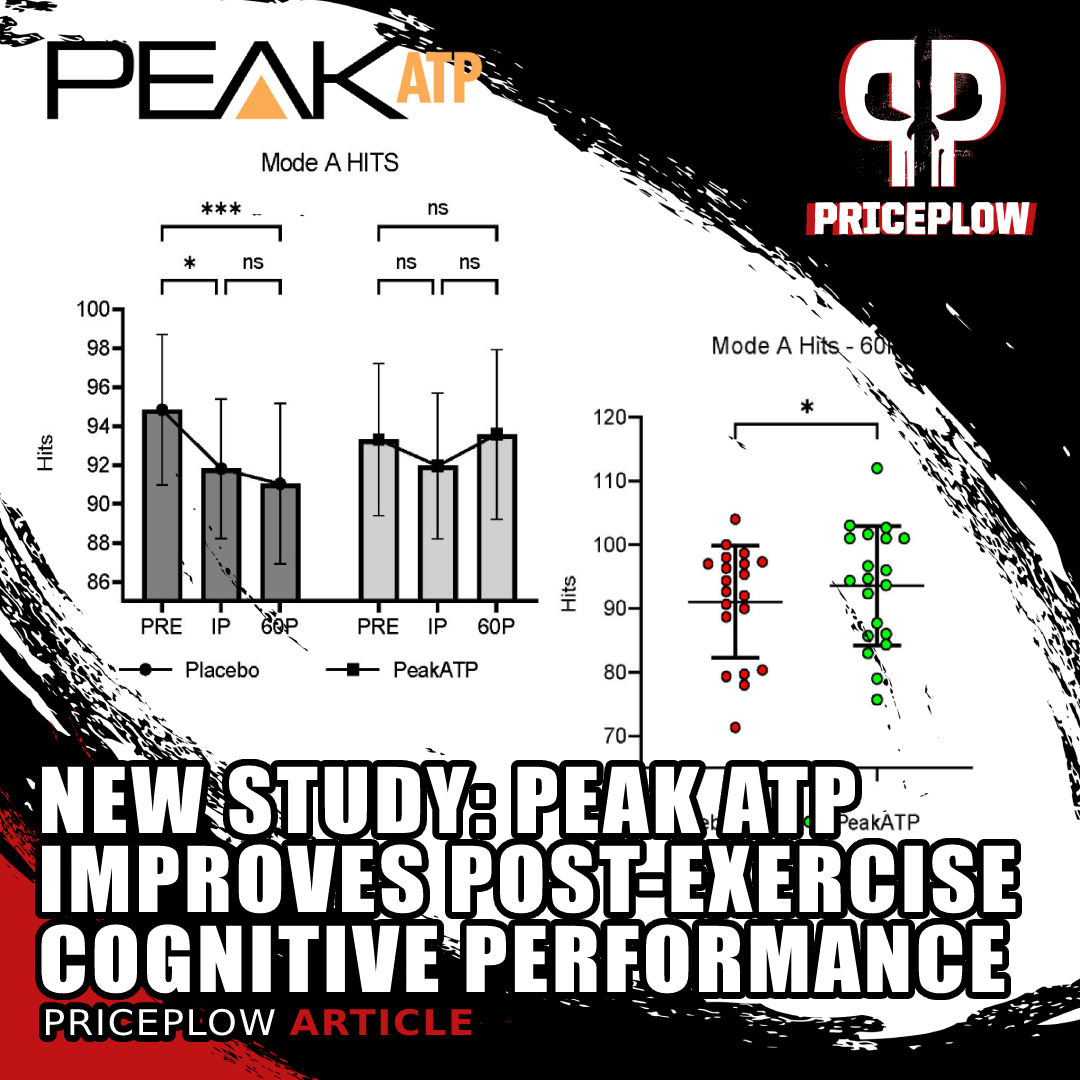
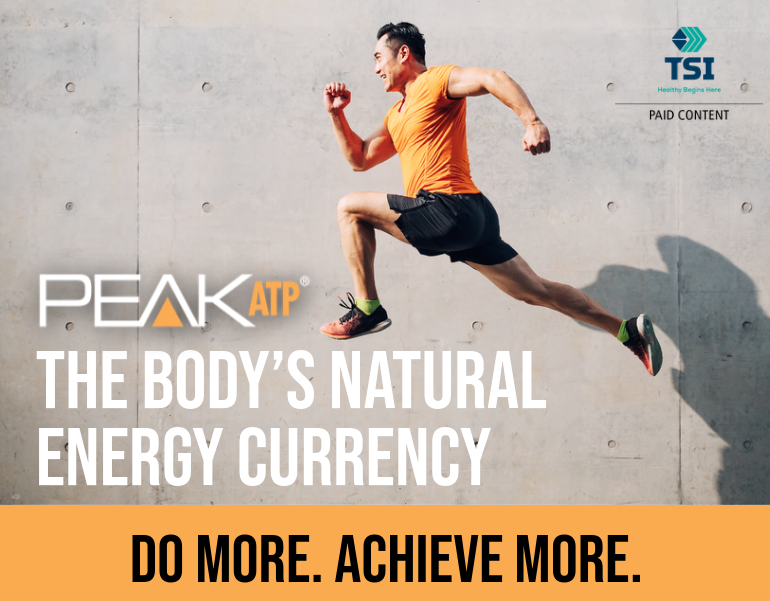
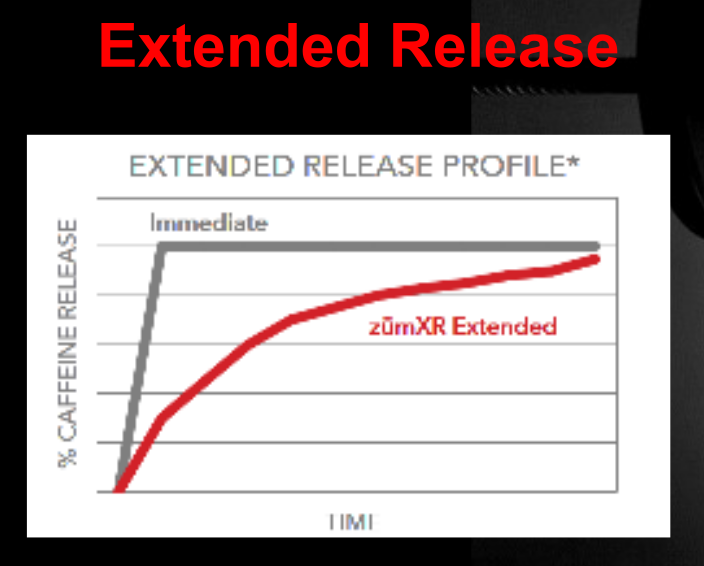
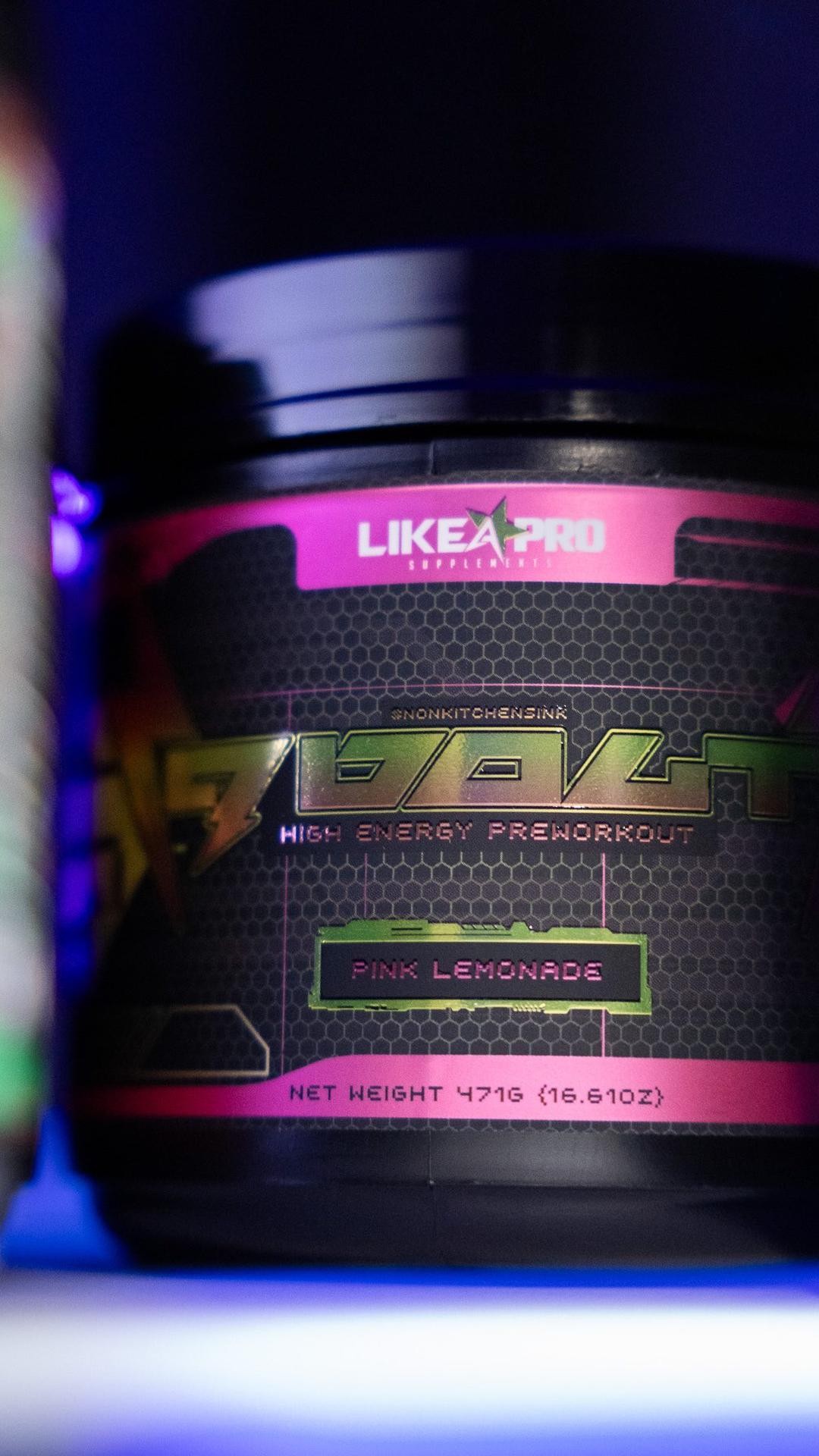
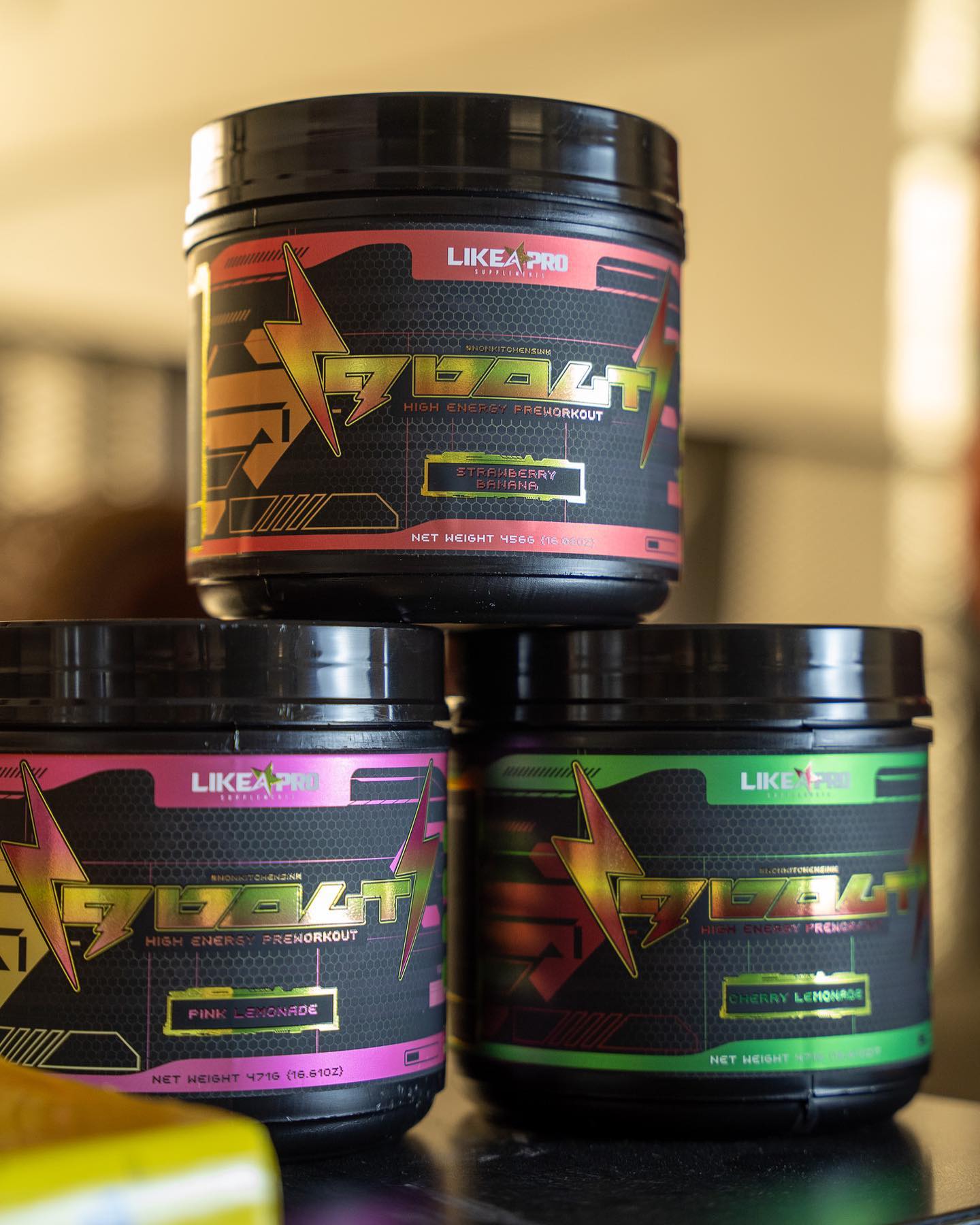


Comments and Discussion (Powered by the PricePlow Forum)